Breaking the Boundary of the Canal
On the adventure of breaking down the boundary of the Inner Harbor Navigational Canal, Jack and Jill start to brainstorm a plan that will allow them to see each other after school with ease. They also start to consider what kind of possibilities empty lots can become along the journey they take every day to and from school and they recognize the challenges that the canal brings. Through working together on these issues, Jack and Jill begin to establish a love for each other and their city like no other.
As I begin to continue the story of Jack and Jill, I plan on adding detail and more options/opportunities on how to cross the canal. Also adding a little history of the canal and why it exists will be become a learning opportunity for Jack and Jill.
Through the process, my story has changed from originally having two boys meet at summer camp, to having a boy and girl (Jack and Jill) meet at their school playground. By having them meet at the playground I was further able to develop the planning of a corridor on how kids get to school rather than just tell the story while at camp.
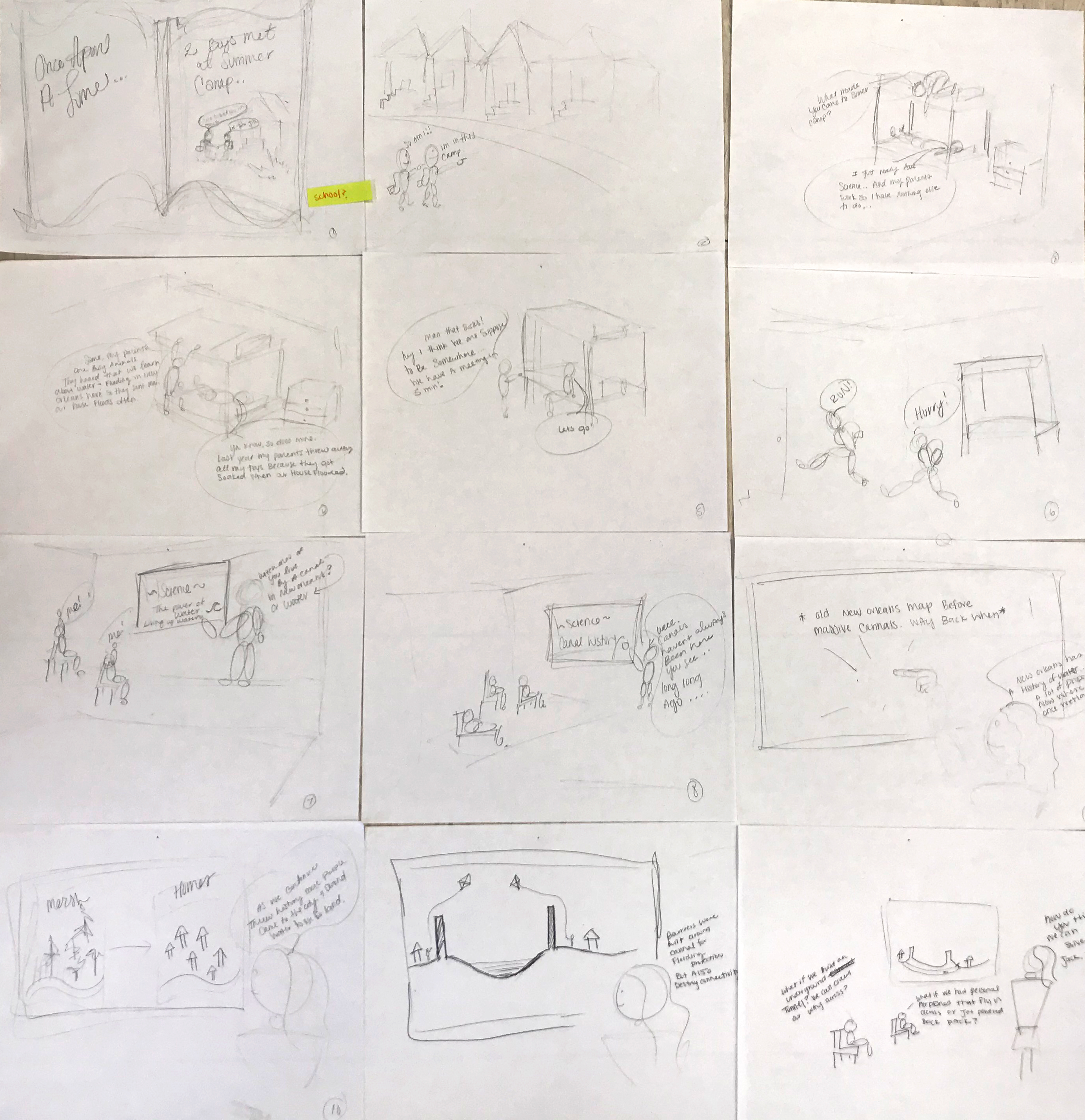
Media
Why is it important?
Though media we can connect more people than ever imagined. Media is considered a stakeholder due to the vast power media has, espescially in this day and age. Through media it is easy to sort though exactly what you are looking for, answer any questions, share ideas, find out what is happening all around the world and get connected with just about anyone. So i’ve been told that more people in the world have a smart phone than a toilet so with that being said, a vast majority of people have every sort of media right at their fingertips.
How can you help?
lets use this power to connect our communities, learn about how we can improve our city, and share our ideas about how we can create a child friendly city. Share your openioins, values, and beliefs on what a child freindly city is to you. Though the power of media, lets connect.
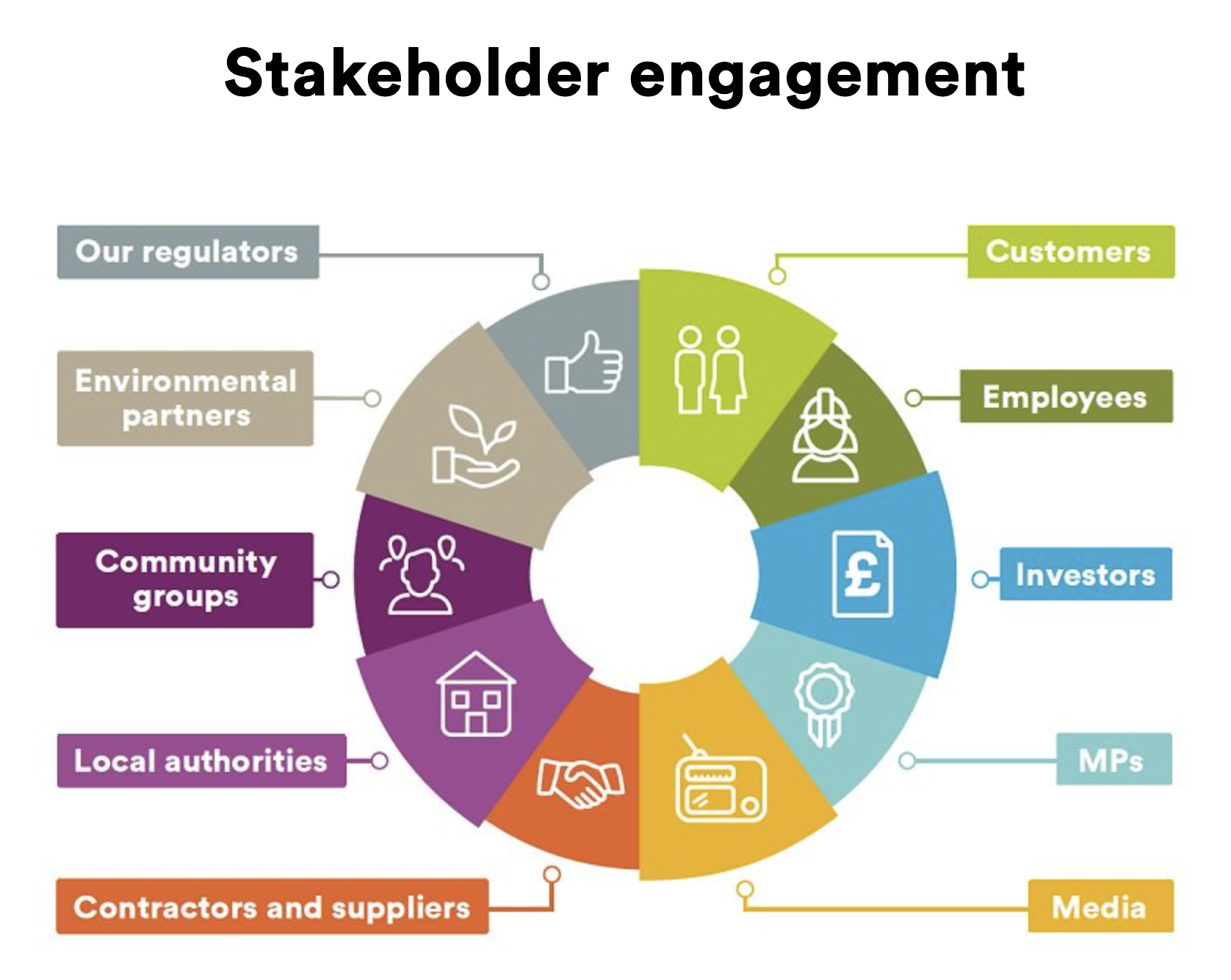
Mental Mapping Workshop
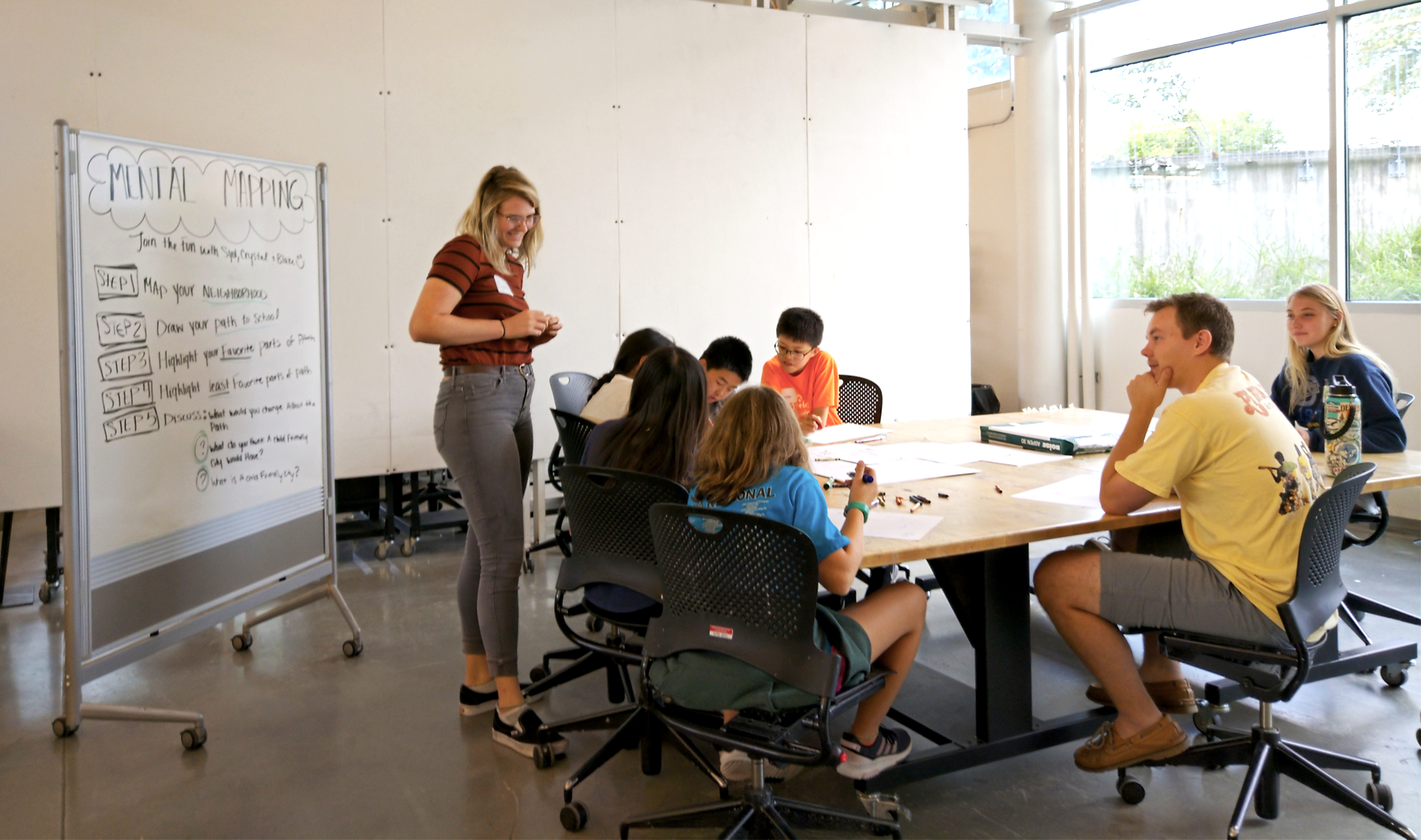 About The Workshop
About The Workshop
As a group of students learning about urban design, we are curious about how children cognitively remember a space. The purpose of the workshop was to see inside a child’s mind for one of their daily tasks; the journey from home to school. Having 6th through 8th graders map out their path from home to school, we could see what aspects of the journey stands out to them most. We then asked them to discuss what part of the journey did they like the most and least. Understanding what a child enjoys and dislikes on the journey from home to school is essential to urban designers. When creating a child-friendly city we need to recognize what aspects we need to focus and eliminate as a whole. In the end, as a group we discussed what they would like to change about the path, what do you think a child-friendly city would be like and what is a child-friendly city?

Child Responses
The kids all had unique ideas of what they thought a child-friendly city meant.
Some of the responses included: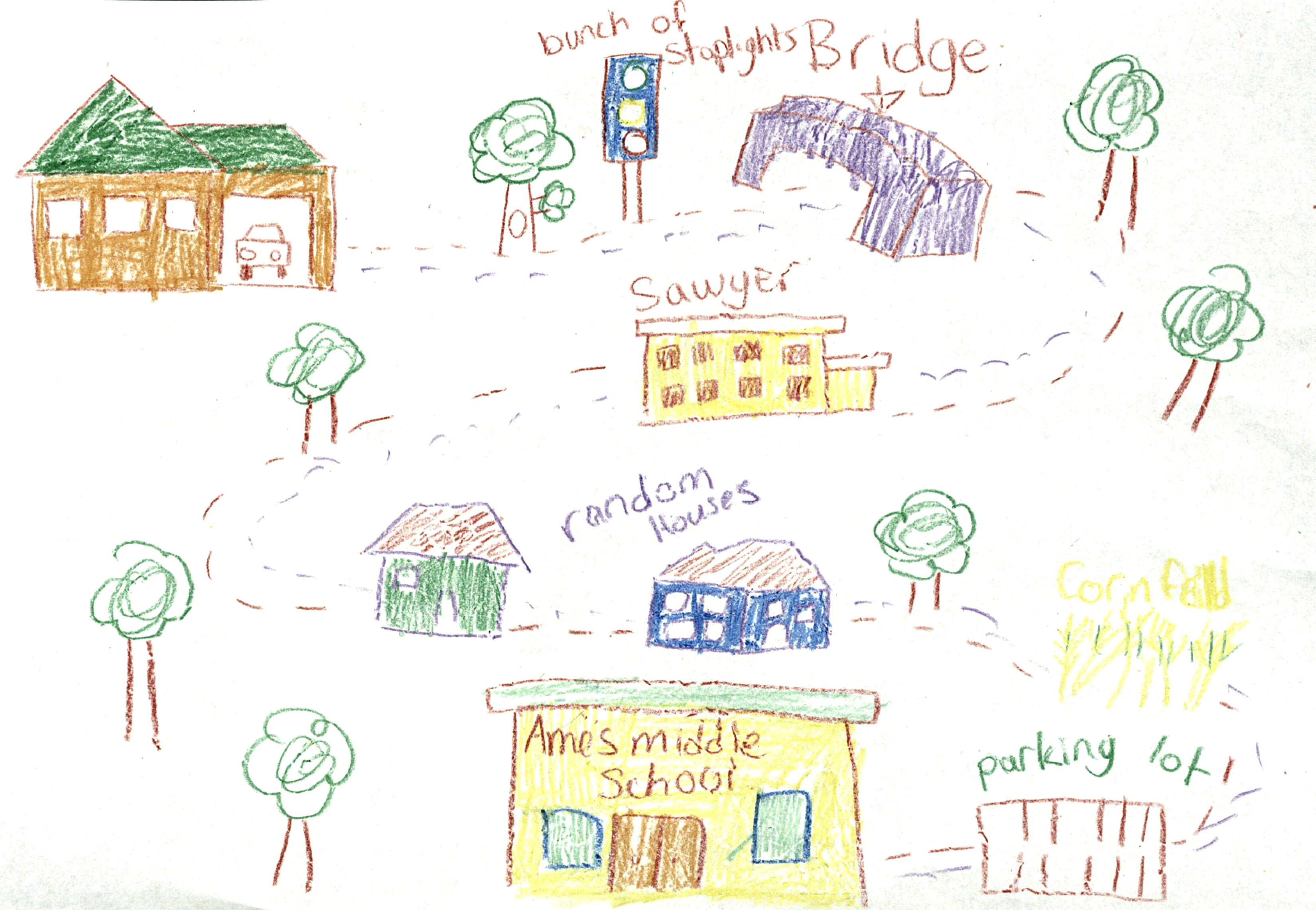
- A safe city
- A city with more fun things to do
- No bullying
- Bus stops closer to their house
- Breakfast on the school bus
- Fewer kids on one bus so it is less crowded
- Let kids be on city councils
- Change the school curriculum
- Cooler parks and playgrounds
- Parks closer to their houses
- No crime
- Fields of free food
- Being able to go outside during school
- No school shootings
- No drugs
While many of the kids’ responses were constructive and practical, other ideas were a little more.. playful.
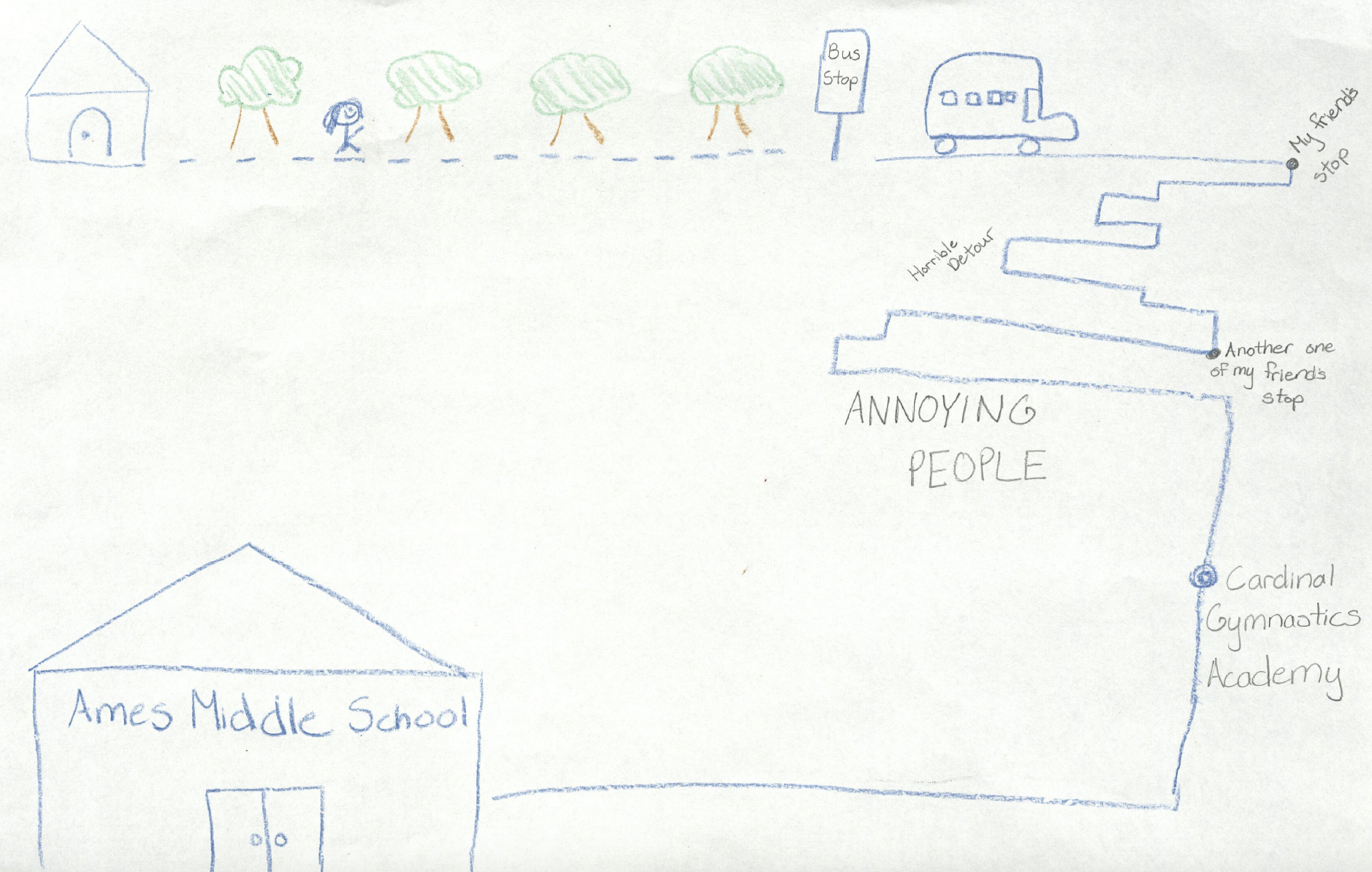
- Water parks everywhere
- Giant (Statue of Liberty size) statues in every city
- TVs on school buses
- Lock annoying people in soundproof bubbles
Important Take-Aways
What we learned from the Mental Mapping Workshop is that kids have ideas and opinions for what they want their city, town, or school to be like. And as urban designers, we need to listen. If we truly care about our children and the youth of a city, we should be building, renovating, and creating with their lives in mind.
Copenhagen, Denmark
Welcoming Children Into The City
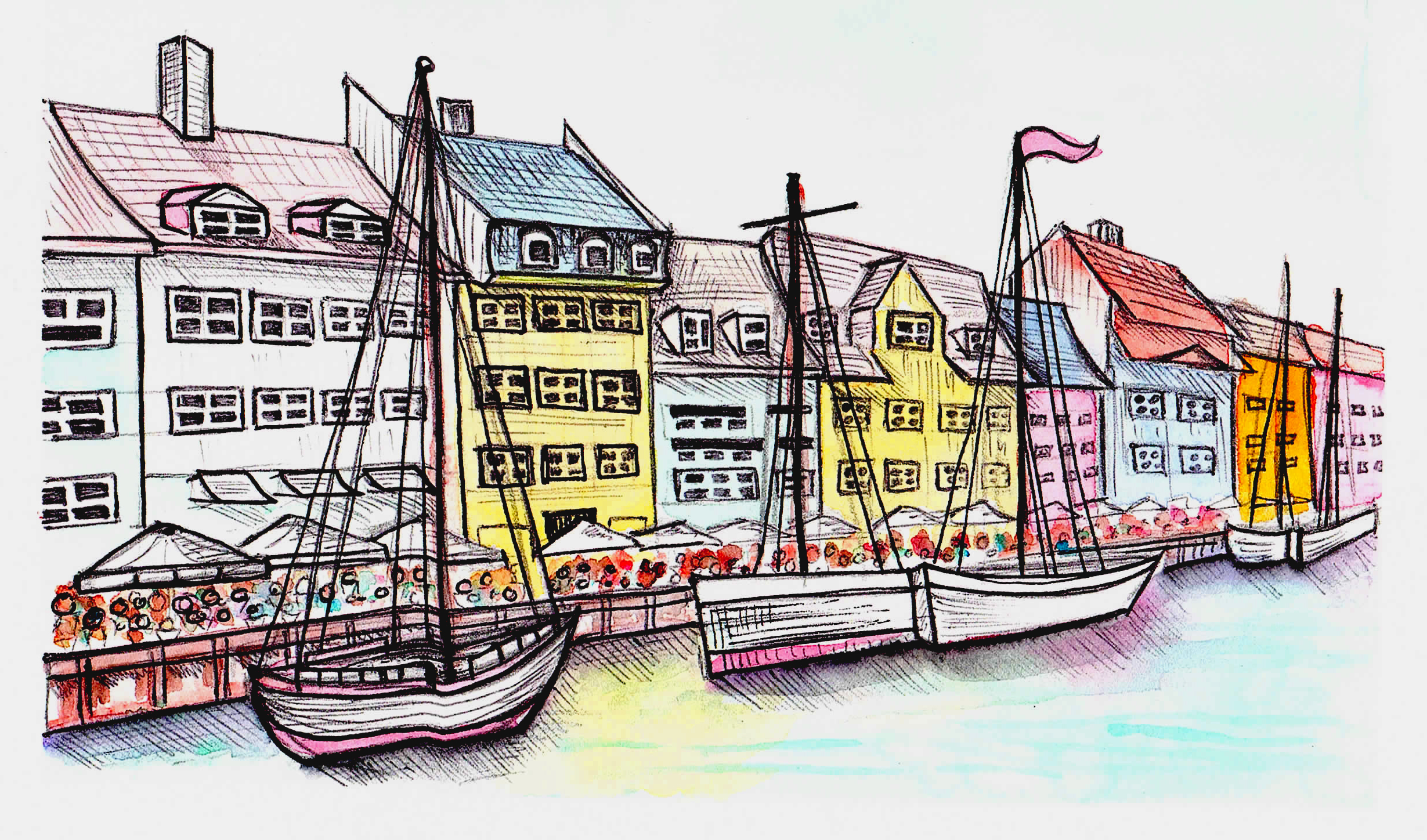

Denmark population: 5.8 million people
Growth: .7%
Copenhagen population: 770,000 people.
Growth: 1.22%
Fun Facts:
- 40% of people cycle daily in Denmark. Streets and bike paths are separated by either a lane of parked cars or a change in elevation. Some bike paths are up to 3 lanes for maximum efficiency due to high traffic.
- Denmark has 7,314 miles of coastline, that is longer than the great wall of china.
- Denmark is often ranked as the happiest place in the world for the standards of health, warfare, and education.
“The Rope Forest” Interactive Art Display
Close your eyes. Now image a space where all you can see is white hanging ropes hanging from a tall ceiling. In fact, 3,500 worth of ropes hanging from what seems to be the sky. Feel the breeze move through space and visualize the sway of the ropes, your environment, as if you are in a whole nother virtual reality. An art installation like this that is so simple can become so powerful and interesting to people of all ages, kids especially. Here kids can swing rope to rope or try to climb up as high as they can. Essentially, this art installation is also a playground for the adventurous.
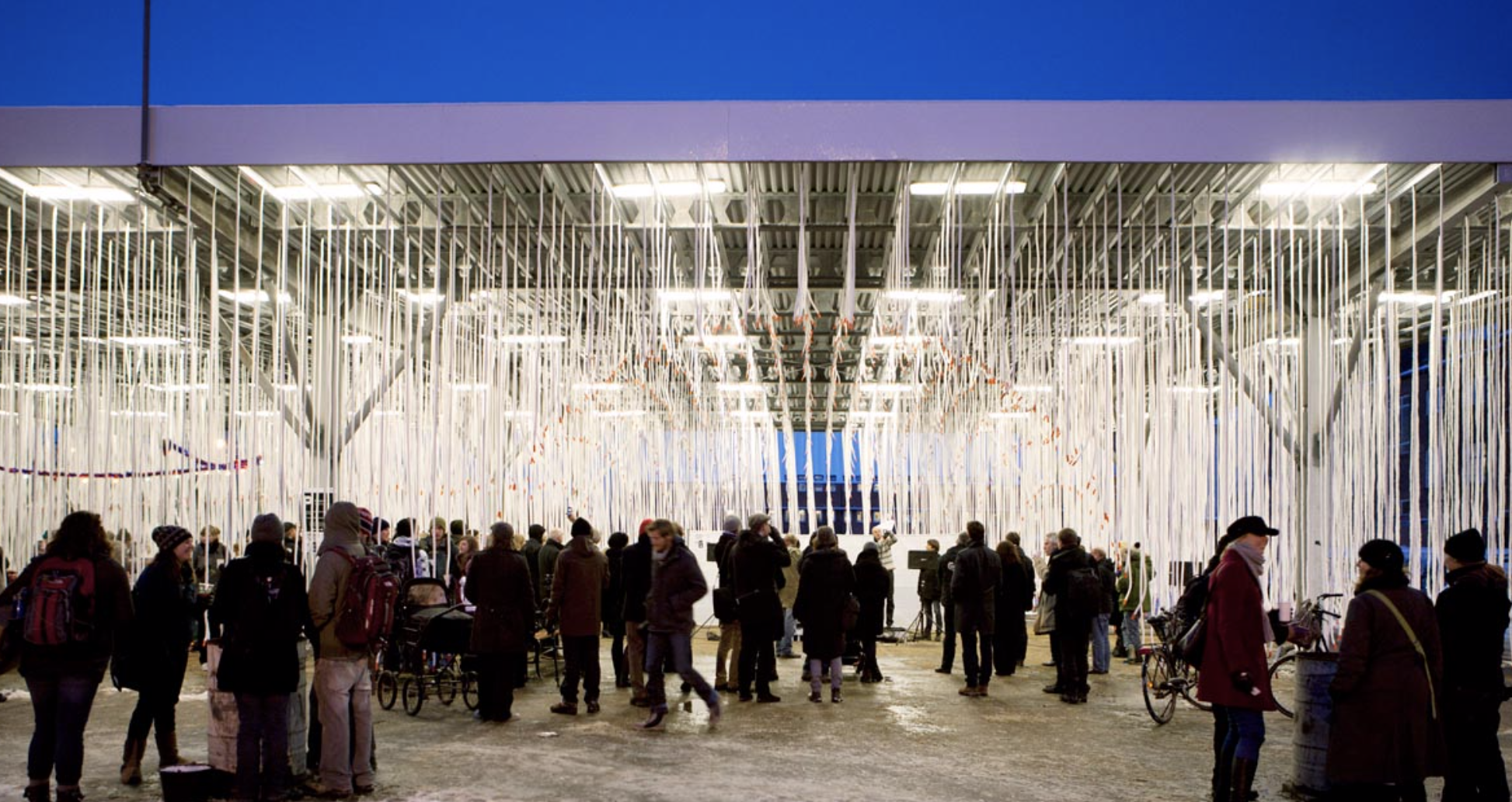 A competition by the city was started for temporary art installations with the purpose of bringing people to abandoned and forgotten places within the city. Through art, we can recreate a feeling of a place, redefining the original purpose of a place, find a connection or meaning. This interactive art display was designed on an abandoned free-standing, square metal porch which, once used to shelter trucks in an unloading area for a factory. A really tall metal ceiling and support pillars are what consists of the site originally. Lights from the ceiling light up the shelter at night. With the right eye, a location like this became a hot spot in the community for people of all ages to enjoy the odd nature of art in an abandoned location.
A competition by the city was started for temporary art installations with the purpose of bringing people to abandoned and forgotten places within the city. Through art, we can recreate a feeling of a place, redefining the original purpose of a place, find a connection or meaning. This interactive art display was designed on an abandoned free-standing, square metal porch which, once used to shelter trucks in an unloading area for a factory. A really tall metal ceiling and support pillars are what consists of the site originally. Lights from the ceiling light up the shelter at night. With the right eye, a location like this became a hot spot in the community for people of all ages to enjoy the odd nature of art in an abandoned location.
Havneparken Public Park
Looking for a nice cooling dipper for a fun family activity during the hot summer months while you are in good ol’ Copenhagen? Well, do I have the place for you! Havenparken park is designed for kids of all ages as well as adults looking to soak up some sun. This park is directly on the waterfront of Copenhagen and consists of 5 pools, 2 of which are designed for young children. The shallowest pool is 30cm deep so even the little ones can feel included at this park. The diving area is also very popular. diving areas very at 1 meter, 3 meters, or 5 meters high for the teenagers or adults that are feeling a little on the wild side. Do not fear, there is always at least one lifeguard on duty and daily water quality checks for the safety of the guests. Feeling like you may just want to soak up some sun and lay in the grass? You betcha pal. Right across the water park, there is a large open green space made for doing just that. Bring some friends and family and simply enjoy a beautiful day in the great outdoors.
Havneparken is a very creative way to utilize and access the water’s edge. Humans are naturally drawn to the water. Creating this park where we can touch, play and interact with the water’s edge in the city is innovative in our natural resources with a little touch of playful design. Money moves right there ladies and gentlemen.
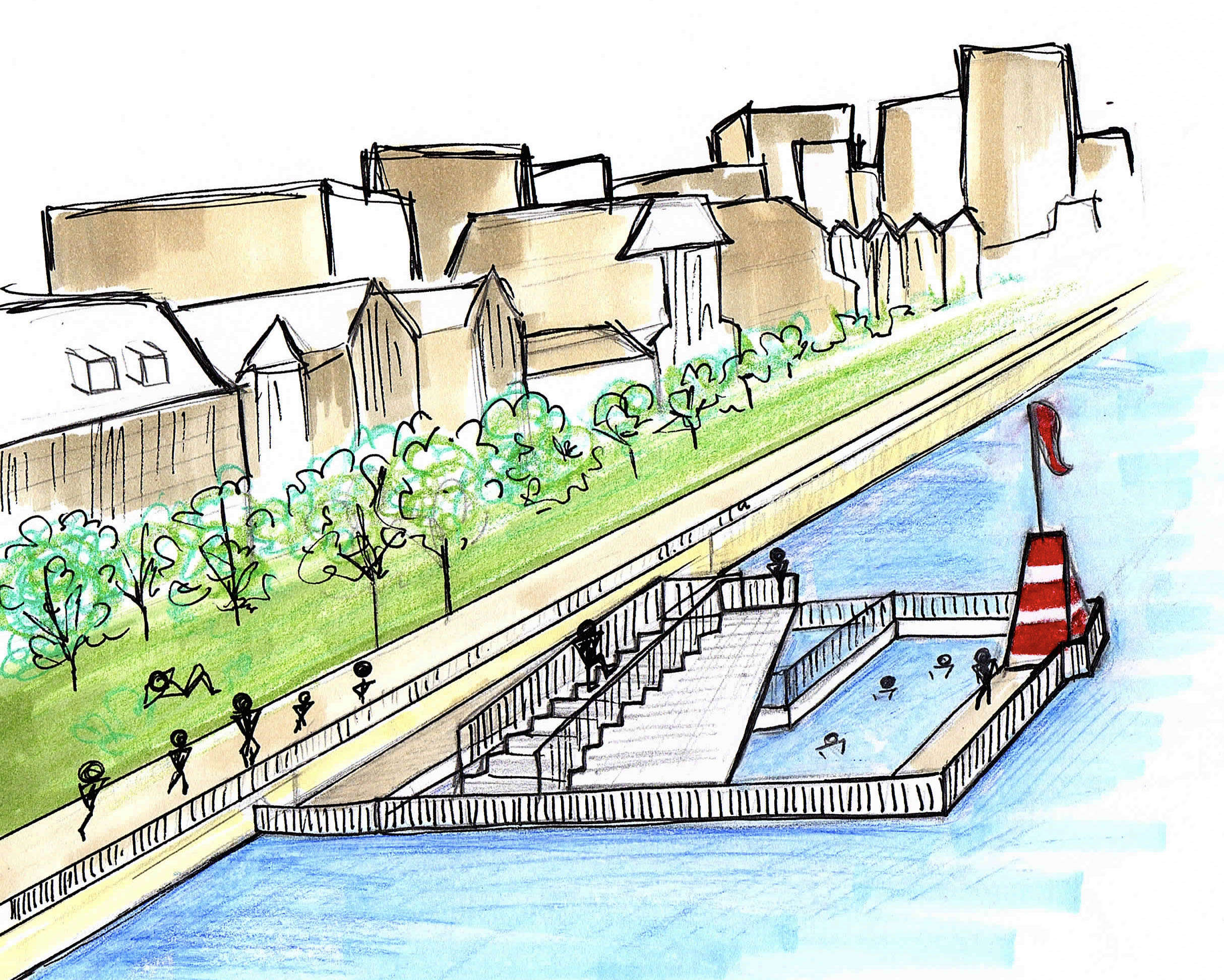
Kids’ City
 Have you ever head the phrase “live, work, play?” Live, work, play is a perfect way to describe Kids’ City. Kids’ city is…well… a city for kids, easy as that. Every aspect is designed around children. From the unique playful architecture, landscape design, and simple scaled-down design details, the city was made to make children feel comfortable within the space.
Have you ever head the phrase “live, work, play?” Live, work, play is a perfect way to describe Kids’ City. Kids’ city is…well… a city for kids, easy as that. Every aspect is designed around children. From the unique playful architecture, landscape design, and simple scaled-down design details, the city was made to make children feel comfortable within the space.
Kids’ City is primarily a childcare facility. It is made up of several existing daycare facilities along with some new additions. The main focus was to create more of an environment of various buildings for children rather than just one singular building. Kids’ City also includes a fire station, stadium, museum, factory, city hall, neighborhoods, houses, and public spaces. The whole city is designed around a human-centric design perspective. No cars can drive or park within the city, only on the outskirts to access the homes, fire station, and parking. This human-centric design is also found throughout Copenhagen. It really is unique to see how a city can evolve without the main focus being vehicles. When it comes it children, cars can be a real threat. In fact, it is the leading cause of death with an average of 11 children a week dying due to car accidents. One very important aspect of a child’s life is exploration and a feeling of safety. Children want to be able to go outside and run around like a wild animal, not having any cares in the world. To discover what it feels like to be alive. One of the most beautiful things about children is that they see everything for the very first time with such interest and appreciation. Simple things in life that we see every day we become blind to its beauty. Kids’ City creates an environment made to learn, explore, and live with safety being a key aspect.
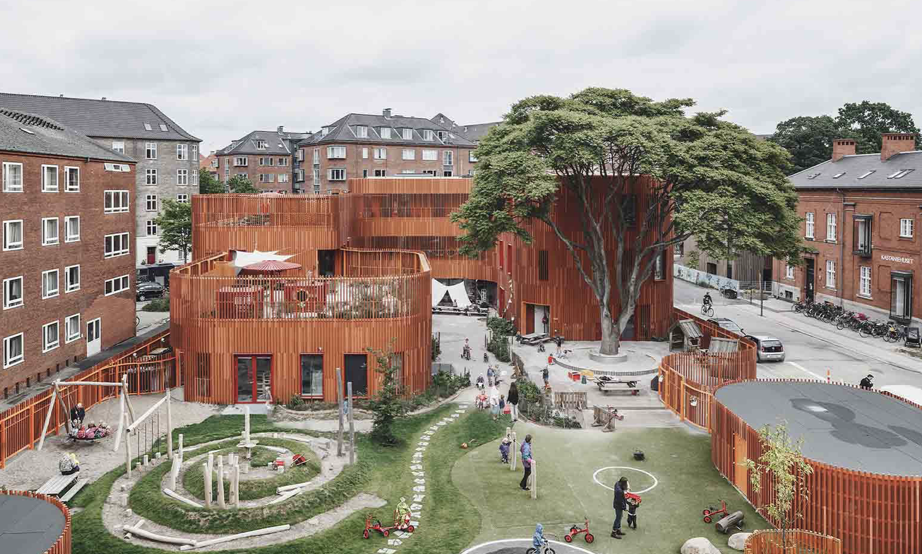
SOS Children’s Villages
![]() Originally founded in 1949 to help out abandoned children after World War 2, now has become a very large organization in 134 countries, including Denmark, around the world and helping around 80,000 children. Today there are around 2,000 children facilities worldwide. Women around the world are devoting there lives to be an SOS Mother, raising a generation of children, providing every child with everything they can. To be an SOS mother you need to go 2 years of training monitored by childcare professionals and social workers. Each family is given free room and board, a household allowance and a salary. 10-15 houses make up an SOS village creating a community environment. Each village has a nursery school, primary school, medical center, and a social center. Children that are alone, abandoned or orphaned can find shelter through the SOS children’s village. Here they are provided food, education, clothing, and a loving family.
Originally founded in 1949 to help out abandoned children after World War 2, now has become a very large organization in 134 countries, including Denmark, around the world and helping around 80,000 children. Today there are around 2,000 children facilities worldwide. Women around the world are devoting there lives to be an SOS Mother, raising a generation of children, providing every child with everything they can. To be an SOS mother you need to go 2 years of training monitored by childcare professionals and social workers. Each family is given free room and board, a household allowance and a salary. 10-15 houses make up an SOS village creating a community environment. Each village has a nursery school, primary school, medical center, and a social center. Children that are alone, abandoned or orphaned can find shelter through the SOS children’s village. Here they are provided food, education, clothing, and a loving family.

Denmark promotes the goals and activities of the organization, raises funding from sponsorships and provides donations for projects in Asia, Africa, and Latin America. Ride For SOS is a fundraising event for people of all ages. Hop on your bicycle, cheer on the roadside, or make a donation for an event that can change a child’s future.
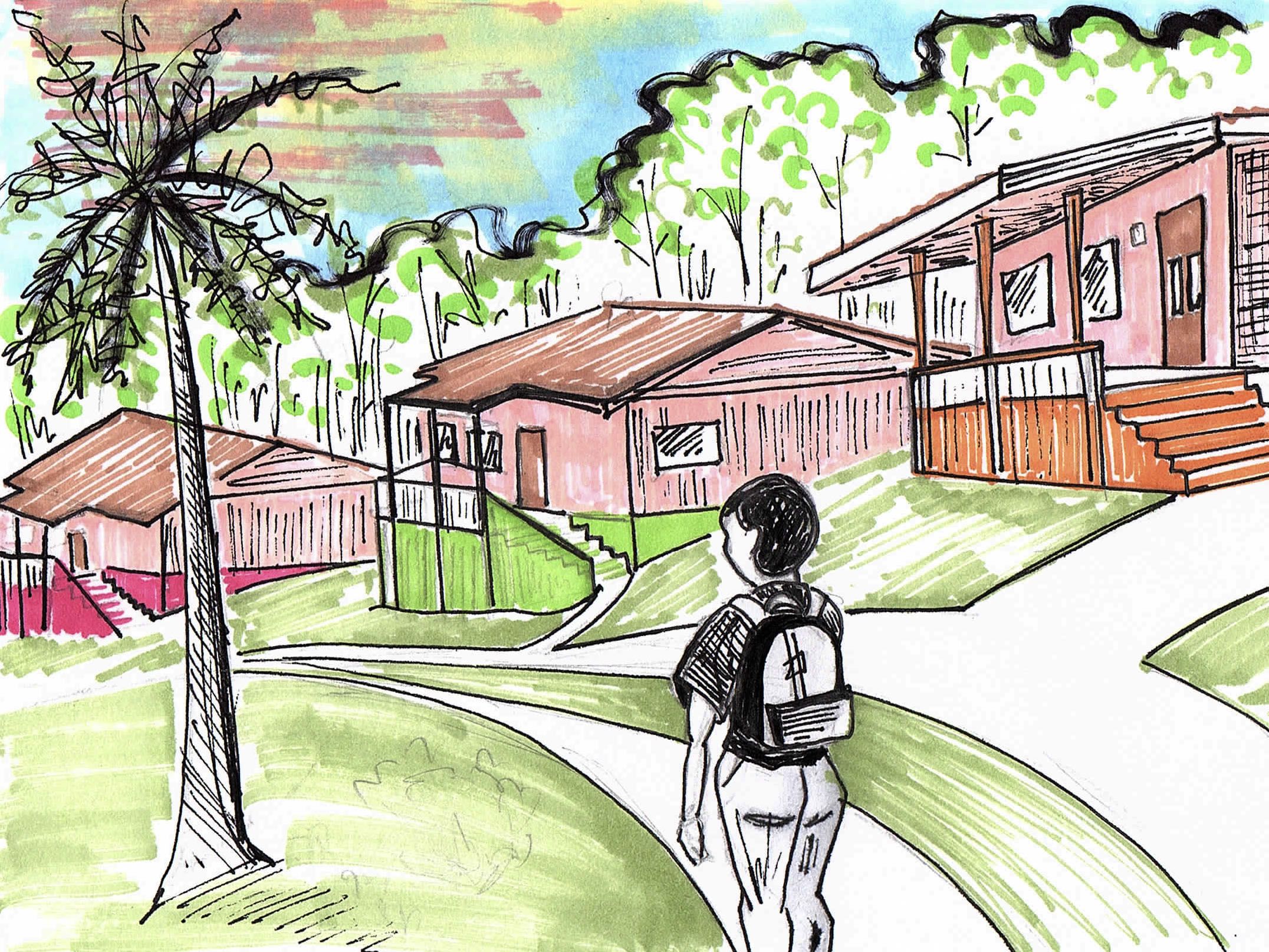
SOS Children’s Villages Webpage
#NoChildAlone #iseeyou #soschildrensvillages
Copenhagen, Denmark
Threats that climate change poses in Copenhagen, Denmark
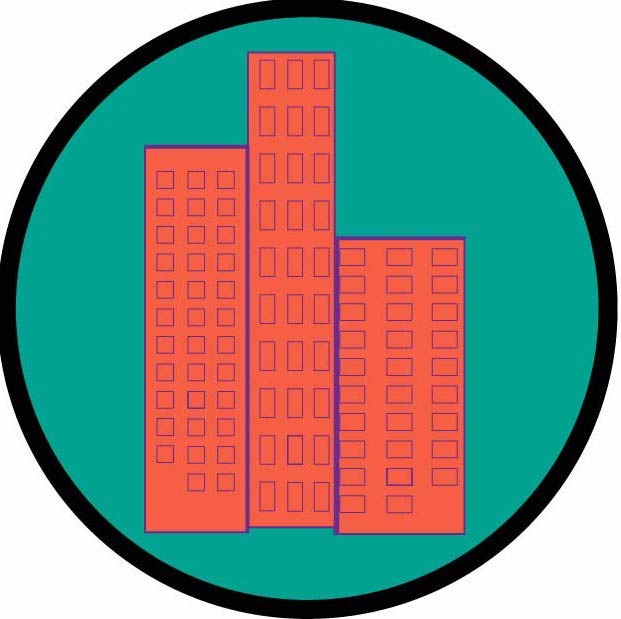 Copenhagen is working to become a climate-resilient city because they are understanding of the potential dangers that climate change poses on the coastal city and citizens within. Some large concerns include flooding due to rising sea level, intense rains, strong winds, higher temperatures and heat island effect, poor air quality, health effects, and much more. Together the city of Copenhagen and the community have worked together to develop a Climate Adaption Plan for a healthier, safer, climate-resilient city.
Copenhagen is working to become a climate-resilient city because they are understanding of the potential dangers that climate change poses on the coastal city and citizens within. Some large concerns include flooding due to rising sea level, intense rains, strong winds, higher temperatures and heat island effect, poor air quality, health effects, and much more. Together the city of Copenhagen and the community have worked together to develop a Climate Adaption Plan for a healthier, safer, climate-resilient city.
How? You may ask.
By 2025, Copenhagen is on planning to be completely carbon neutral by cutting greenhouse gas emissions by 80%-100%. This is no walk in the park for any city to achieve, but Copenhagen has put together a plan to see what they need to do to achieve this goal. After analyzing the extent of the threats and costs to counteract the threats, the stakeholders (including central government, Copenhagen Energy, CPH city and port development and Copenhagen metro) have created a plan of attack from cost to implementation to achieve a climate-resilient city.

Source of Image: Here
Economic Consequences of Flooding
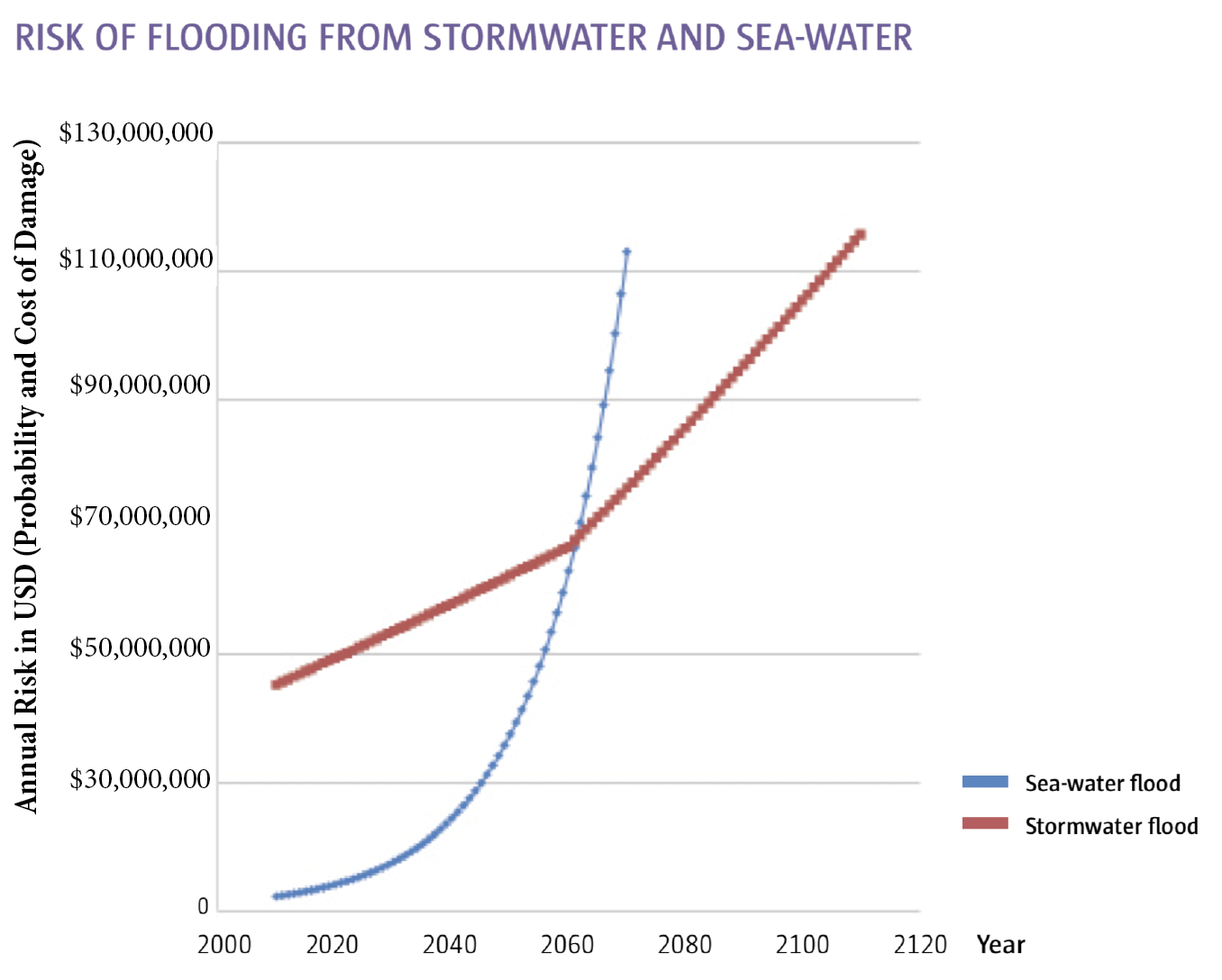
 Due to climate change, the intensity of a 100 yr flood has increased by 40%. 100-year floods are now occurring every 20 years. This is leading to damage to infrastructure, business, private homes, etc. We are beginning to understand that although the cost of expanding storm sewers, implementing green infrastructure throughout the city, building sea walls, etc. may be very pricy, it can eventually provide a net saving from potential future flooding damages. Not are we only having to consider the flooding from rainwater but also sea level rise. A combination of these two is very threatening to many coastal cities around the world. As the global sea temperature is rising the seawater expands overall increasing the elevation of seawater. Copenhagens sea water level is expected to rise up t0 1 meter in the next 100 years. Copenhagen is also at great risk for storm surges that also cause major flooding within the city. The most powerful storm surges often come from the south of Copenhagen. A storm surge can occur during intense storms causing an abnormal rise in seawater level primarily from the storms wind pushing water onto shore. Another solution to this problem may be just to start building at higher elevations, build up dikes, and heavily invest in green infrastructure to help control rainwater on-site putting less pressure on the storm sewer system.
Due to climate change, the intensity of a 100 yr flood has increased by 40%. 100-year floods are now occurring every 20 years. This is leading to damage to infrastructure, business, private homes, etc. We are beginning to understand that although the cost of expanding storm sewers, implementing green infrastructure throughout the city, building sea walls, etc. may be very pricy, it can eventually provide a net saving from potential future flooding damages. Not are we only having to consider the flooding from rainwater but also sea level rise. A combination of these two is very threatening to many coastal cities around the world. As the global sea temperature is rising the seawater expands overall increasing the elevation of seawater. Copenhagens sea water level is expected to rise up t0 1 meter in the next 100 years. Copenhagen is also at great risk for storm surges that also cause major flooding within the city. The most powerful storm surges often come from the south of Copenhagen. A storm surge can occur during intense storms causing an abnormal rise in seawater level primarily from the storms wind pushing water onto shore. Another solution to this problem may be just to start building at higher elevations, build up dikes, and heavily invest in green infrastructure to help control rainwater on-site putting less pressure on the storm sewer system.
Figure-ground Study of Copenhagen
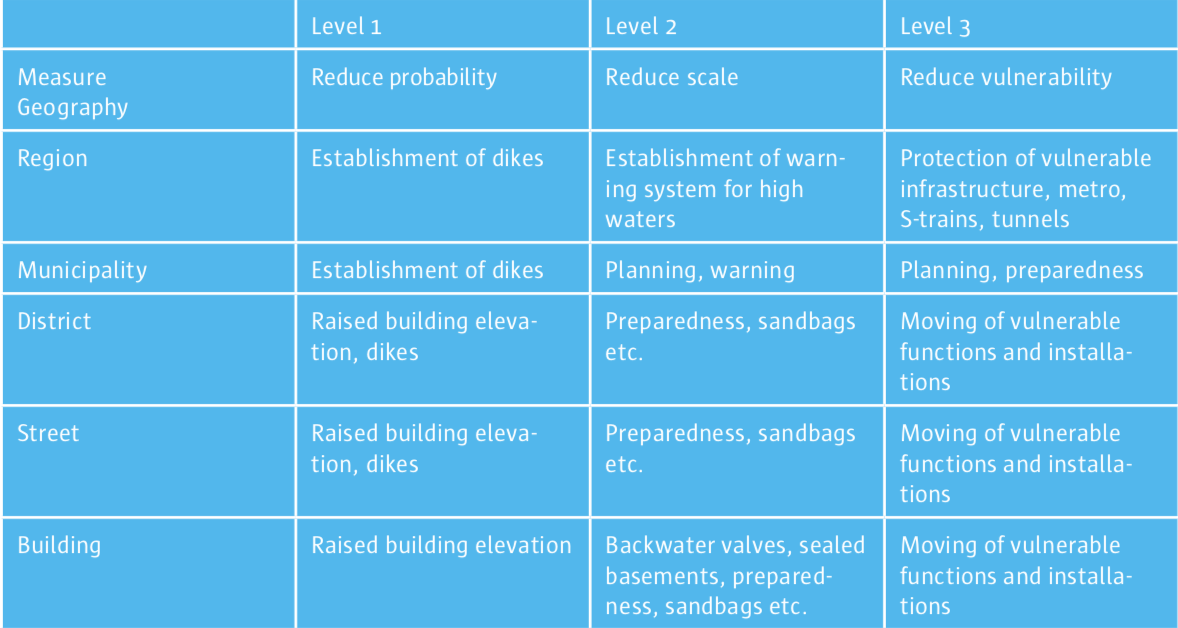
As we begin to analyze some of the high-risk areas of flooding it becomes easy to see why that is. For example, a figure-ground study of the relationships of urban buildings to water access. In this particular area, you can see just how close the water already is to homes and businesses. These homes and businesses are especially prone to flooding due to the river and several canals weaving through the developed land. This area has been brought to attention and has begun a plan to address the potential flooding issue. A change in infrastructures such as dikes, dams, storm sewer expansion and regulation, raising building and road elevations, and green infrastructure have been addressed and talked about being implemented in and around this sight. The green space in the top right corner of the figure-ground study is also going to double as a stormwater collection site during intense storms. This will help ease the burden of the surrounding community. Just up north the river, placement of a large dike is going to be established to help reduce the water level flowing into the city. In the meantime, before all the infrastructure gets updated/installed in the city simple acts of action being prepared such as sandbags, planning, warning systems, and protection of the metro system will have to do.
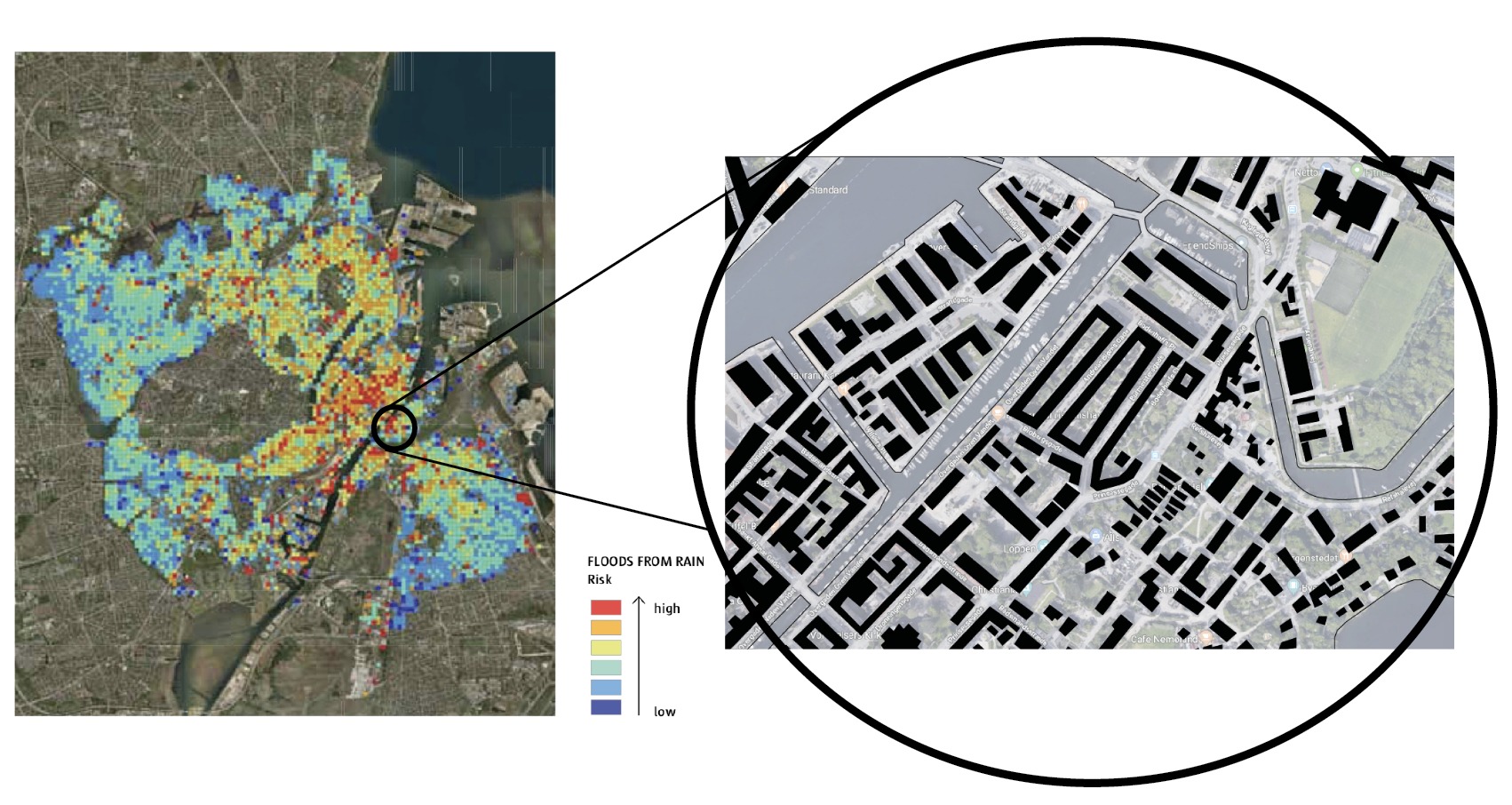

Urban Heat Island Effect
Global temperatures are rising and the city of Copenhagen is getting warmer due to urban heat island effect. The surface temperature of the city rises when the sun is shinning due to the absorption of heat on buildings, roads, roofs, etc. The albedo of an object gives us a rate at which an object can reflect or absorb light. light-colored objects reflect light and dark-colored objects absorb light. Believe it or not, we can control the urban heat island effect to a significant extent because we understand why it happens and what we can do to prevent it.
 Through the power of green infrastructure, we can help prevent the urban heat island effect. One method of prevention is green roofs. Green roofs are a form of green infrastructure that prevents a building roof from absorbing heat but also cools the air around it. Overall, this helps reduce energy consumption. Another form of prevention is green spaces in parking lots such as tree plantings and other vegetation, this helps evaporate cooling but also help reduce the heat absorbed on the paving due to the shade of the trees. The last example of prevention is pocket parks and large city parks. Having open space for vegetation to grow in a big city can help purify the air as well as help cool down the surrounding area. parks are also perfect for reducing pollution, making communities safe, more sociable, and supports the ecology for the surrounding environment.
Through the power of green infrastructure, we can help prevent the urban heat island effect. One method of prevention is green roofs. Green roofs are a form of green infrastructure that prevents a building roof from absorbing heat but also cools the air around it. Overall, this helps reduce energy consumption. Another form of prevention is green spaces in parking lots such as tree plantings and other vegetation, this helps evaporate cooling but also help reduce the heat absorbed on the paving due to the shade of the trees. The last example of prevention is pocket parks and large city parks. Having open space for vegetation to grow in a big city can help purify the air as well as help cool down the surrounding area. parks are also perfect for reducing pollution, making communities safe, more sociable, and supports the ecology for the surrounding environment.
Poor Air Quality & Health Effects
Not only is the infrastructure of the city at risk due to climate change but also the citizen’s health. The air that we breath is starting to change due to air pollutants such as particulate matter, increase carbon dioxide and ground-level ozone. More cases of cardiovascular and respiratory effects, disease, asthma attacks, difficulty breathing, etc. are being reported. Air Quality Impacts can really cause issues in a city, as well as reduce visibility often causing traffic accidents. Growing up in a polluted city is very dangerous for children. This is why it is incredibly important for not only adults to take a stand but the children themselves.
How the Youth are Getting Involved with Climate Change
![]()
Youth take a stand at the Copenhagen Climate Conference demanding actions to be taken so their future is not at stake. Over 1,000 kids from various countries around the world traveled to the Copenhagen climate conference to be heard. Often when it comes to large political decisions youth are not included what so ever because they are considered “too young to understand.” Well not here in Copenhagen. Everyone’s voice deserves to be heard, especially the youth that climate change will be greatly affecting in the future. listen to the young American activist, Brianna Cayo Cotter to see her perspectives and she shared at the Copenhagen Climate Conference.